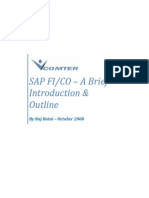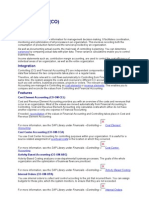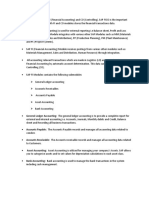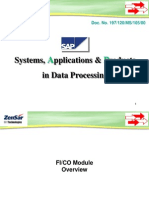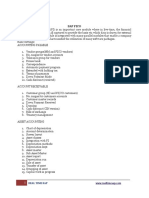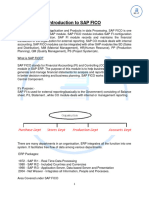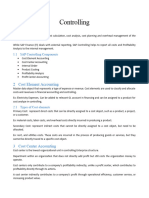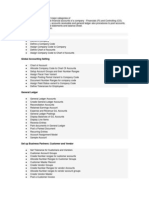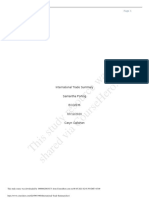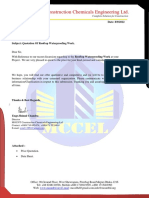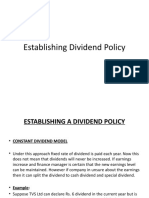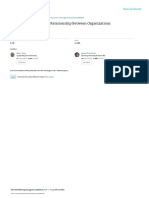0% found this document useful (0 votes)
15 views5 pagesSAP Short Note
The document outlines key concepts and organizational units in SAP, including cost centers, profit centers, work centers, and various cost elements used in financial and controlling modules. It also discusses the integration of SAP modules such as FI, CO, MM, SD, and others, highlighting their roles in managing financial transactions and internal cost management. Additionally, it compares SAP S/4HANA with traditional ERP systems and introduces SAP Fiori as a modern user interface solution.
Uploaded by
MD REDONE - UL - KARIMCopyright
© © All Rights Reserved
We take content rights seriously. If you suspect this is your content, claim it here.
Available Formats
Download as PDF, TXT or read online on Scribd
0% found this document useful (0 votes)
15 views5 pagesSAP Short Note
The document outlines key concepts and organizational units in SAP, including cost centers, profit centers, work centers, and various cost elements used in financial and controlling modules. It also discusses the integration of SAP modules such as FI, CO, MM, SD, and others, highlighting their roles in managing financial transactions and internal cost management. Additionally, it compares SAP S/4HANA with traditional ERP systems and introduces SAP Fiori as a modern user interface solution.
Uploaded by
MD REDONE - UL - KARIMCopyright
© © All Rights Reserved
We take content rights seriously. If you suspect this is your content, claim it here.
Available Formats
Download as PDF, TXT or read online on Scribd
/ 5




